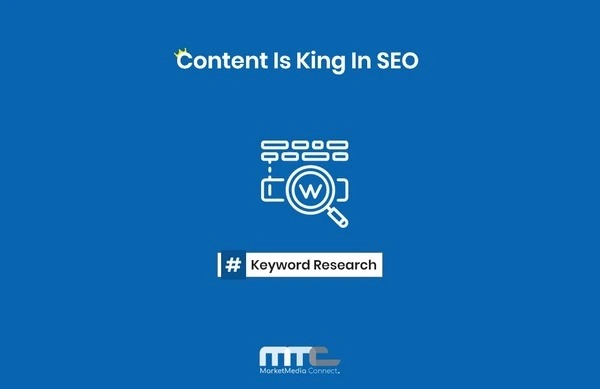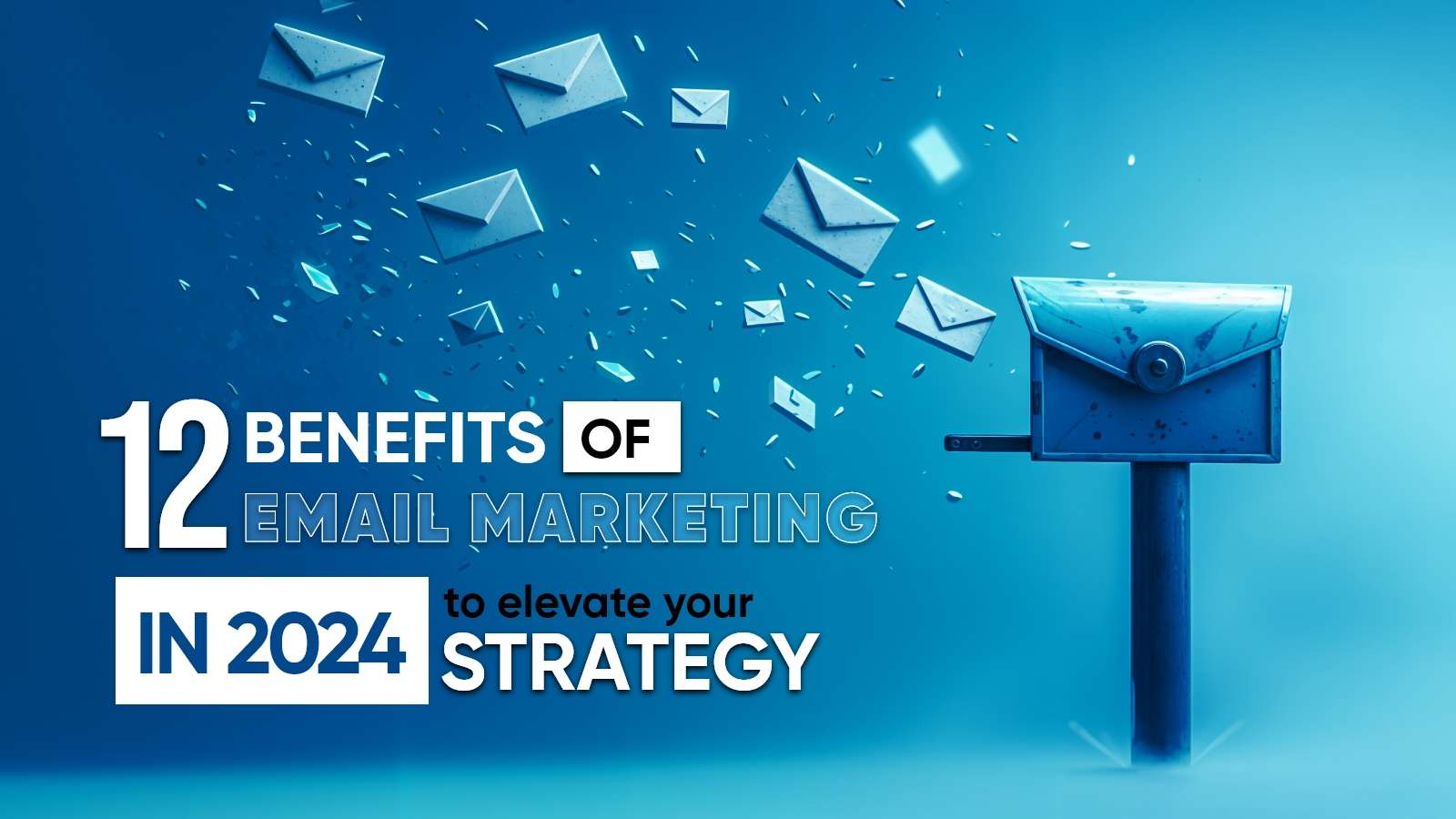Content
Beginner’s Guide to SEO
Do you know 53% of B2B and B2C website traffic comes from organic search? which means that more than half of your website traffic comes from organic traffic. So, you need to optimize your website for search engines to get more website traffic.
Search engine optimization (SEO) is an essential part of any successful digital marketing strategy. If you are looking for ways to increase your website traffic and visibility, then SEO is the way to go.
SEO is simpler than it first appears. Once you understand the fundamentals of SEO, you’ll see that it’s all about putting best practices in place to give search engines and users the best chance of finding your website.
This beginner’s guide to SEO is designed to help you understand the fundamentals and provide you with tips on how to successfully optimize your site. With the right techniques in place, you can easily reach your desired online presence and start seeing results within weeks!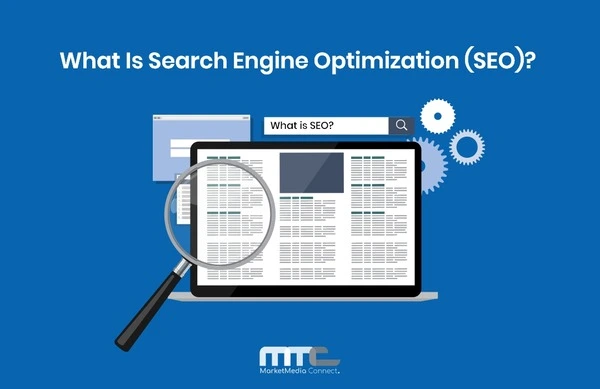
What is Search Engine Optimization (SEO)?
The process of optimizing your website for higher rankings in search engine result pages (SERPs) is known as search engine optimization (SEO). SEO is different from advertising which is pay-per-click (PPC) ads, you are paying search engines to show your website at the top.
With SEO, you optimize your website to appear in the top results for queries organically.
SEO involves optimizing your website content for well-researched targeted keywords; it also involves on-page and off-page SEO that we will discuss in detail in this guide.
First, let’s discuss the difference between the two major types of SEO strategies used, which are White hat and Black hat SEO.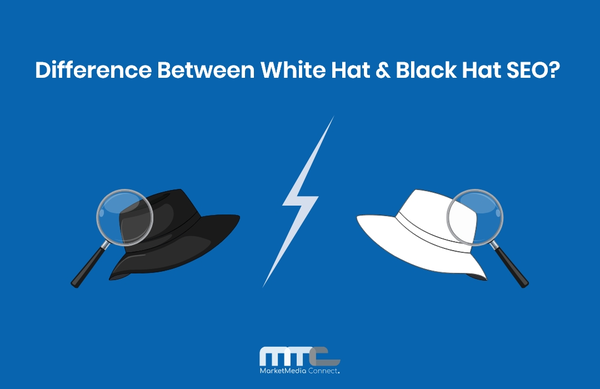
Difference between a White hat and Black hat SEO:
You may think of it this way: White Hat SEO strategies are good, whereas Black Hat ones are negative.
White hat techniques follow the guidelines of search engines. In addition to the high-quality, unique content, the backlinks are from domains with high authority.
Whereas in Black hat SEO, the loopholes in search engines’ algorithms are exploited by using duplicate content and also getting spam backlinks.
Both strategies are effective, but in the end, the ethical way always prevails. As a result, even if your site is currently ranking, if you are using black hat SEO practices, it will be penalized whenever the search engines release an update.
Black hat SEO is therefore a short-term strategy, whereas White hat SEO is a long-term strategy.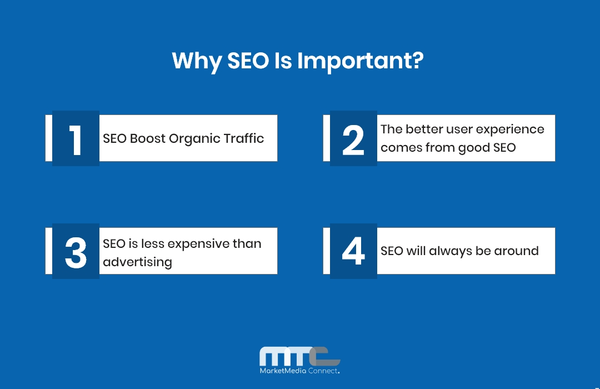
Why SEO is important?
Why should you implement SEO techniques and start learning SEO fundamentals? That’s due to the many benefits that SEO has for your business.
Because most people click on the first few search results, ranking higher on the SERPs will bring you more traffic.
SEO is the most feasible and cost-effective solution to reach customers. Paid marketing becomes very expensive.
Below are some advantages of SEO for your business:
SEO Boosts Organic Traffic:
SISTRIX reports that the top results have a click-through rate (CTR) of 28.5%.
Organic search is a massive part of most businesses’ website performance. Implementing an SEO strategy is essential because organic traffic makes up a huge percentage of search engine traffic.
Also, organic traffic is the best kind of website traffic because you don’t have to pay anything for it.
If your website appears on the first page of the SERP for a query, you may receive the majority of clicks and traffic.
The better user experience comes from good SEO:
Google always makes its users its priority, so a good user experience comes with good SEO practices.
If you have just stuffed the keyword into your content to rank at the top when the user comes to your website, he is not going to stay there for long.
With the Page Experience algorithm update in 2021, Google is ensuring that a good user experience should also be the priority of websites.
Users know what they want, and if they don’t find it on your website, they are going to leave, and your performance will suffer.
SEO is less expensive than advertising:
Yes, SEO costs you, but all good things do, right?
SEO (Search Engine Optimization) is an effective and cost-efficient way to generate more leads for a business. In comparison to traditional advertising, SEO provides businesses with the ability to reach their target customers more effectively, as well as save money in the long run.
Furthermore, SEO offers businesses the opportunity to track their progress using different analytics tools that allow them to see how effective their efforts have been at generating leads and increasing conversions.
You can hire an SEO agency to take care of the SEO of your website, or you can spend some time learning the fundamentals of SEO and take care of your own SEO.
SEO will always be around.
SEO may evolve in the future in terms of tactics and methods, but it will continue to exist.
A growing number of clients are choosing online retailers as a result of technological advancements. Therefore, if your SEO is effective, you will rank highly and be found by more people.
How do Search Engines Work?
As part of learning SEO fundamentals, it is crucial to understand how Search Engines Work.
We’ll use Google as an example because it has the largest market in the world. There are many other search engines like Yahoo!, Bing, etc. But Google is the most popularly used search engine.
Before showing your website to users, Google has three stages: crawling, indexing, and ranking.
Crawling:
The first stage is to find which new content came on the web. For this purpose, Google uses a program called Googlebot or spiders. The algorithm is designed in such a way that it crawls the links available on sites that it already knows.
This can also be done by updating the sitemap of the website.
The content crawled by spiders can be new web pages, images, or videos. The bots collect all the data and send it back to Google.
Indexing:
After a page is crawled, the next stage is to save it into the big Google database. This process is called indexing.
In this stage, Google tries to understand what the webpage is about. This includes processing and analyzing the images, videos, focused keywords, alt text, etc.
In this process, Google also analyzes the duplication of the content to determine whether it is duplicated from any other resource indexed on Google.
Search Engine Results or Ranking:
After all the new URLs are indexed in the database, when any user searches for any query, Google gives the most relevant results from the indexed pages.
Therefore, you must offer relevant answers to what people search for on your website to appear on Google’s first page.
SEO Components:
SEO can be complicated if you are new to the world of SEO. Because nobody can tell you exactly how many ranking factors Google uses to rank websites.
If you search ranking factors, you will find so many answers to your query that are not exact because nobody knows for sure which are Google’s ranking factors.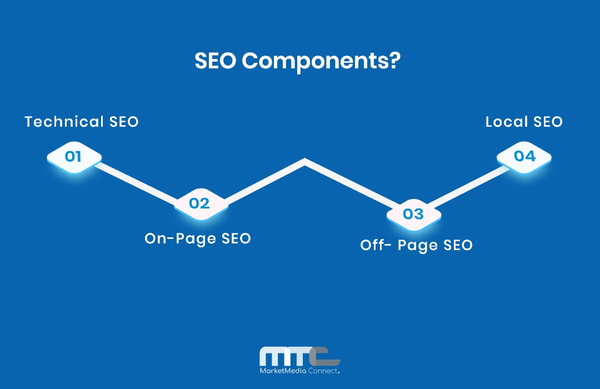
So, what are we chasing then? Well, the key to a successful SEO effort is to not overcomplicate things. When it comes down to it, SEO is made up of four major components:
Technical SEO:
Technical SEO is all about optimizing your website’s structure so that it can be easily crawled and indexed by Google.
If your website is not technically optimized, it will not be indexed, and then it doesn’t matter what you put on it.
It only deals with the backend.
People will never know what you did with your website on a technical level, but search engines will.
To effectively implement the technical SEO strategy, you need to use tools like the robots.txt file, sitemap, schema, redirects, and other speed optimization techniques.
Technical SEO optimization includes:
- Website Structure.
- Website and webpage speed
- URL structure.
- Proper redirects.
- The device is responsive.
- Website Security through an SSL certificate
On-Page SEO:
On-page SEO refers to everything that is done when optimizing actual web pages for search. These changes help you improve the loading speed of your website, which in turn improves the user experience. A better user experience is what Google intends to provide its users with.
Content is one of the major components of On-page SEO. Besides creating informational content to better answer the users’ search queries, On-page SEO also concerns focused keywords for better search visibility. As search engines are not humans, they can’t technically read and understand your content.
Part of On-page SEO is including data and titles that help the search engines understand the context of your content.
On-page SEO tactics include:
- Keyword Research.
- Title Tags.
- Use of proper headers
- Meta description.
- Internal Linking.
- Image and video optimization
Off-Page SEO:
You have built a technically optimized website, and you have done everything correctly in On-page SEO. The next thing is the Off-page SEO. Off-page SEO is all about link building; you can think of it as word-of-mouth marketing.
You have a perfect website or business, and you need to tell other people about it. But how do you do it? This is where backlinks from other websites come into play. The websites linking back to your site say a lot about your business. This also helps you increase your domain authority.
Off-Page SEO strategy involves:
- Link Building
- Guest posts
- Social Media Awareness
- Social Bookmarking.
Local-SEO:
Local SEO is all about making your business website visible for local searches. Nowadays, more searches are made with local intent, and Google prioritizes local searches in the SERPs.
Any business that has an address or serves a specific geographical area can benefit from local SEO. This also includes the use of focused keywords to let Google know that you serve a specific area.
You can create a separate page or section on your website containing the address and phone number of the company.
Local SEO strategy involves:
- Google My Business Profile
- Name, Address, and Phone Number (NAP)
- Local Citations.
- Online reviews.
In SEO, Content is King:
Wondering why content is king?
It will not be an exaggeration to say that all the above-mentioned components of SEO are nothing without high-quality informational content.
If you want to engage your users for a long time or want them to come back to your site, you have to provide them with the content they are looking for.
There are many factors Google takes into consideration when ranking a website. But it would not matter that you have the best website structure or the fastest loading speed if people can’t find what they are looking for on your website.
If you provide people with what they are looking for, it is more likely that they will stay on your site and visit other pages of your site. Your users can also give you backlinks due to the quality of the content.
These are signals telling Google’s algorithm that your website is useful to users, so Google will rank your website higher in the SERPs.
The most important thing in the process of writing content for your website is keyword research.
Keyword Research:
Finding new topics to write about is a headache. Keyword research makes it easy for you to decide what to write for your site to get more traffic.
Keyword research is the process of discovering what your audience is searching for. It also includes how much traffic there is for a particular keyword and how difficult it is for you to rank for that keyword.
There are many paid and free tools on the market that help you find keywords and topic ideas.
These include:
- Google keyword planner,
- Ahrefs,
- Ubersuggest, and many others.
These tools can be complicated for you as a beginner, as you are not familiar with the terminologies of SEO. So, you can start by looking at what other people in your industry are writing about, or you can use search suggestions from Google to generate ideas about topics.
If you type a word in the search bar, Google will suggest what other people are searching for related to that word.
SEO in a Nutshell:
We have discussed in detail what SEO is and why it is important for your business.
To summarize everything, SEO consists of five major steps. which are as follows:
- Keyword Research: This is to find what people are looking for.
- Content Creation: Once you’ve determined what people are looking for, create high-quality content that addresses the user’s intent.
- On-Page SEO: Use proper headings and optimized images in your content. It helps to increase the user experience.
- Link Building: Make an effort to gain trust and authority from other websites.
- Technical SEO: Always keep your website’s structure simple so that it can be easily crawled and indexed by search engine bots.
You can study and conduct research on any of these steps to further advance your SEO learning.
Final Thoughts:
SEO is a must-have tool for anybody looking to improve website traffic. If you want your website to appear higher in Google search results, SEO is the way to go.
Learning the basics of SEO is only the first step toward gaining SEO knowledge. Although it may appear difficult at first, our Beginner’s Guide to SEO will help you get started on the path to success.
SEO could provide your company with a competitive advantage in the digital world, regardless of its size.
Start using what you’ve learned to increase traffic to your website. However, keep in mind that SEO takes time to produce results. After 3–4 weeks, you may not notice any changes. It will take time, but it will undoubtedly result in more traffic and leads.


